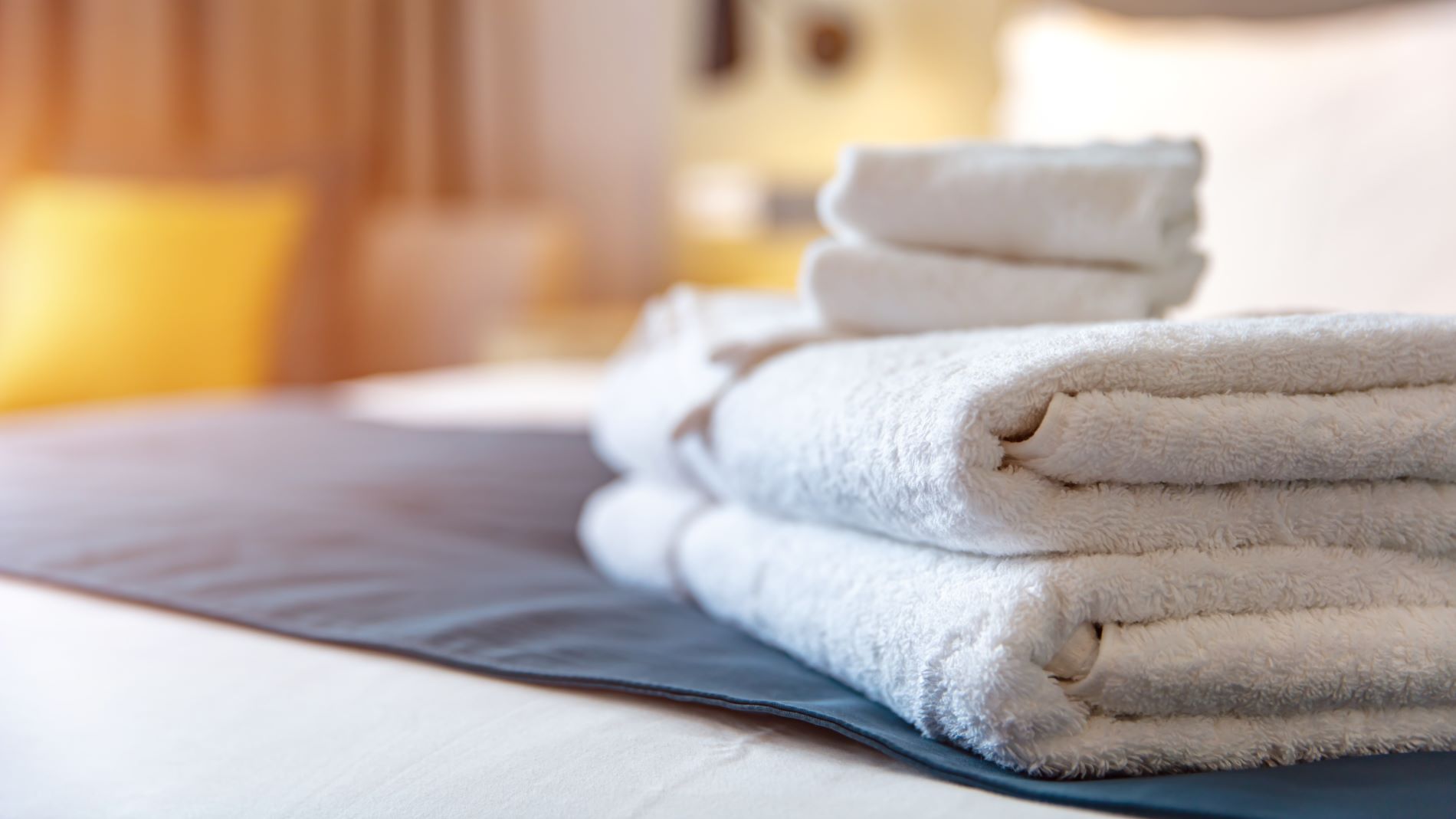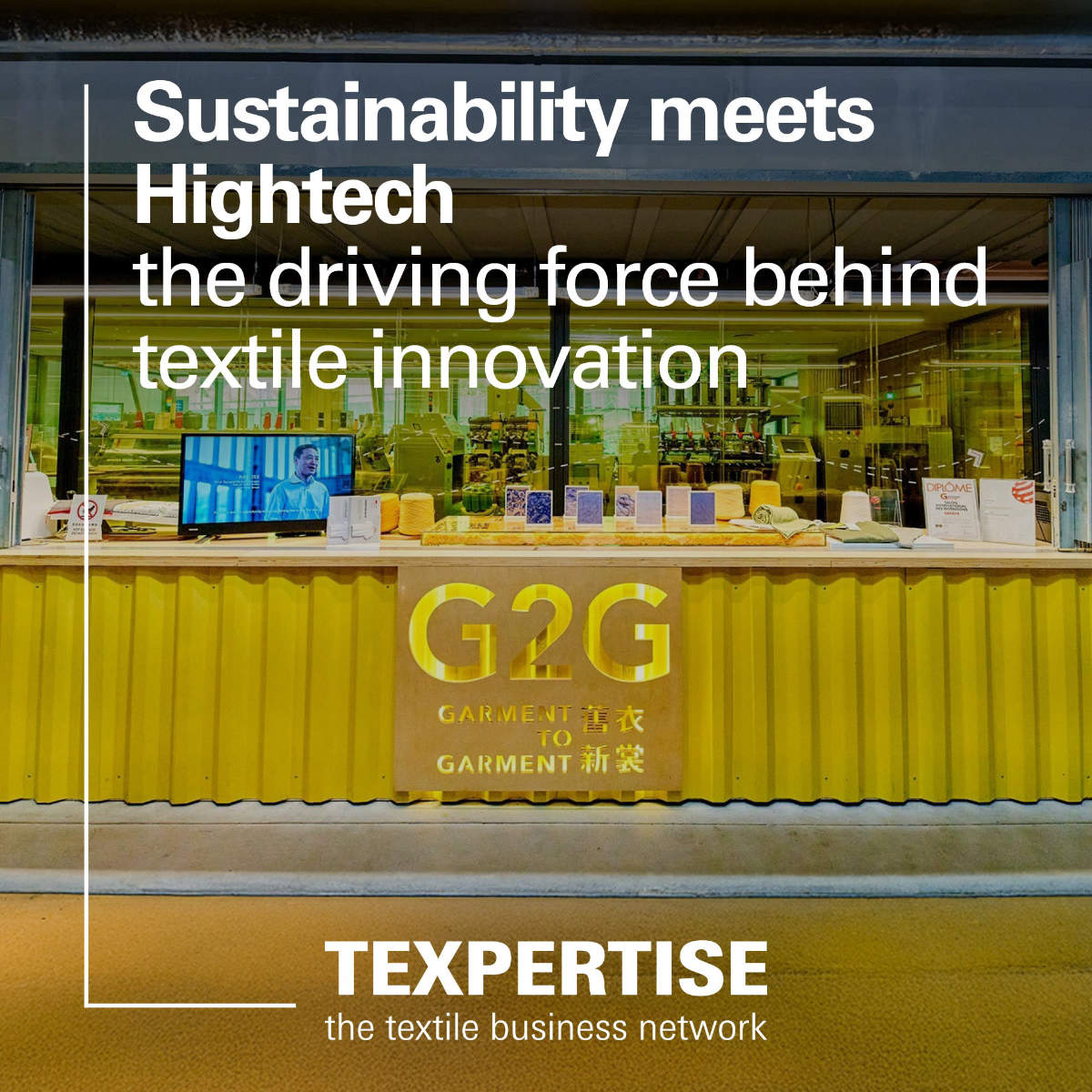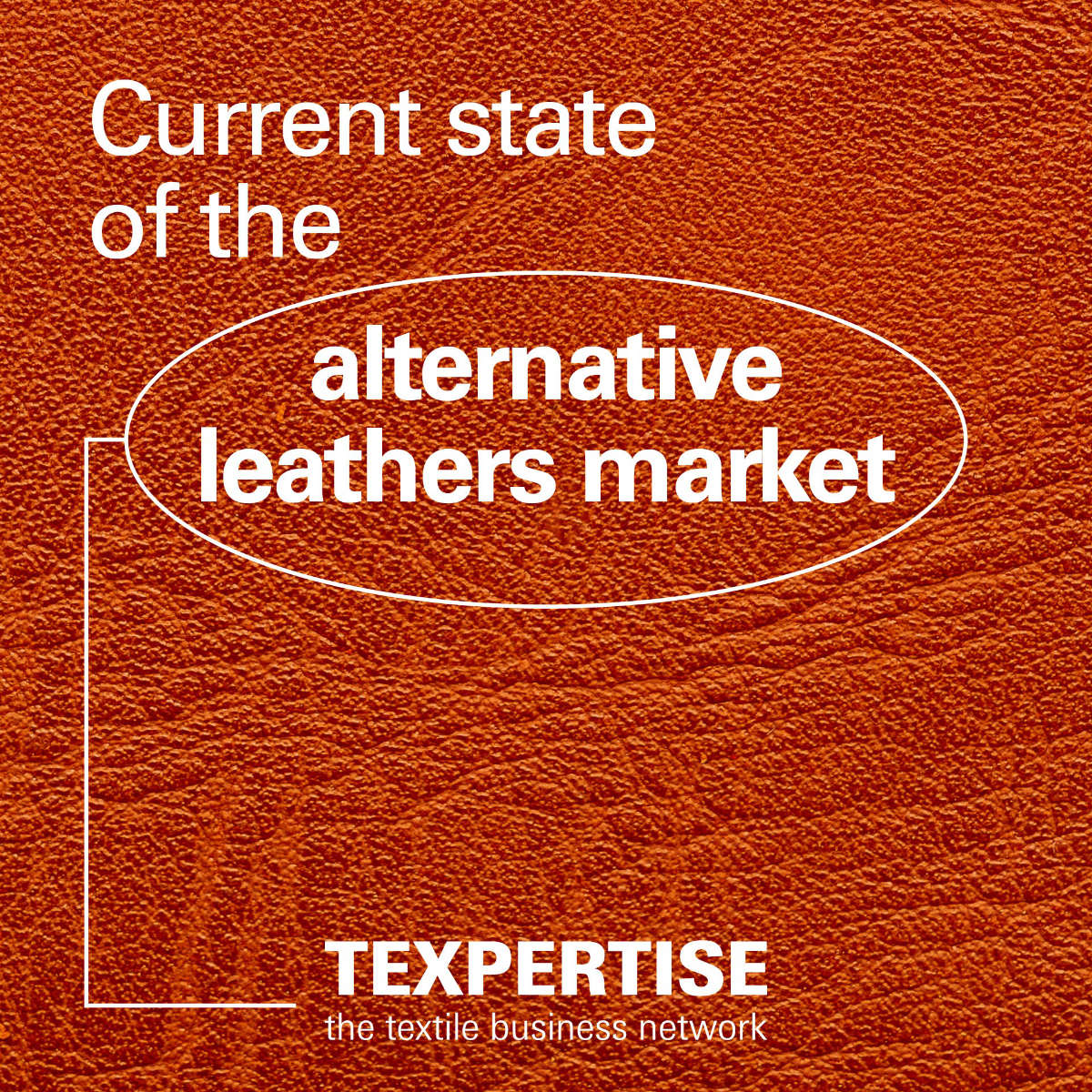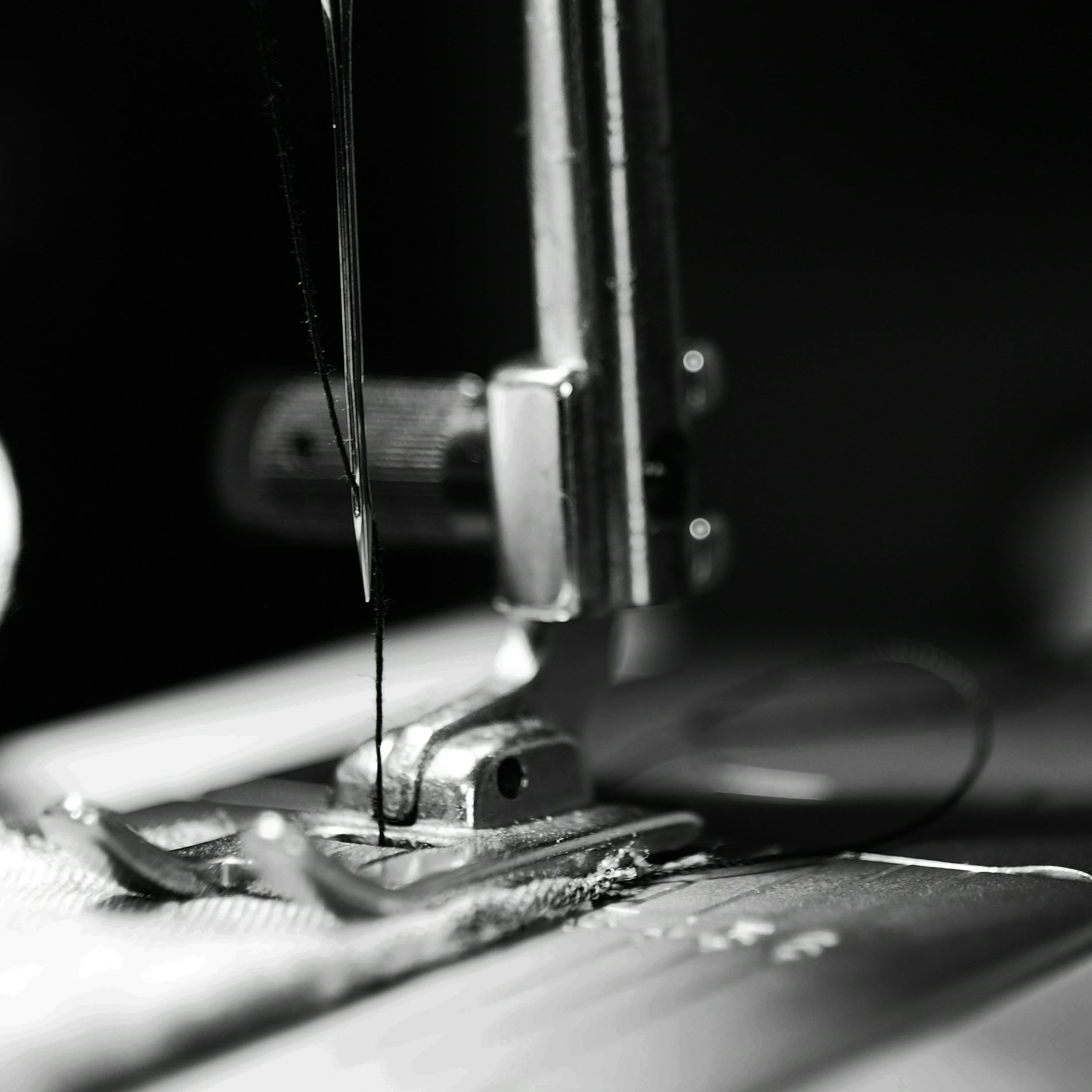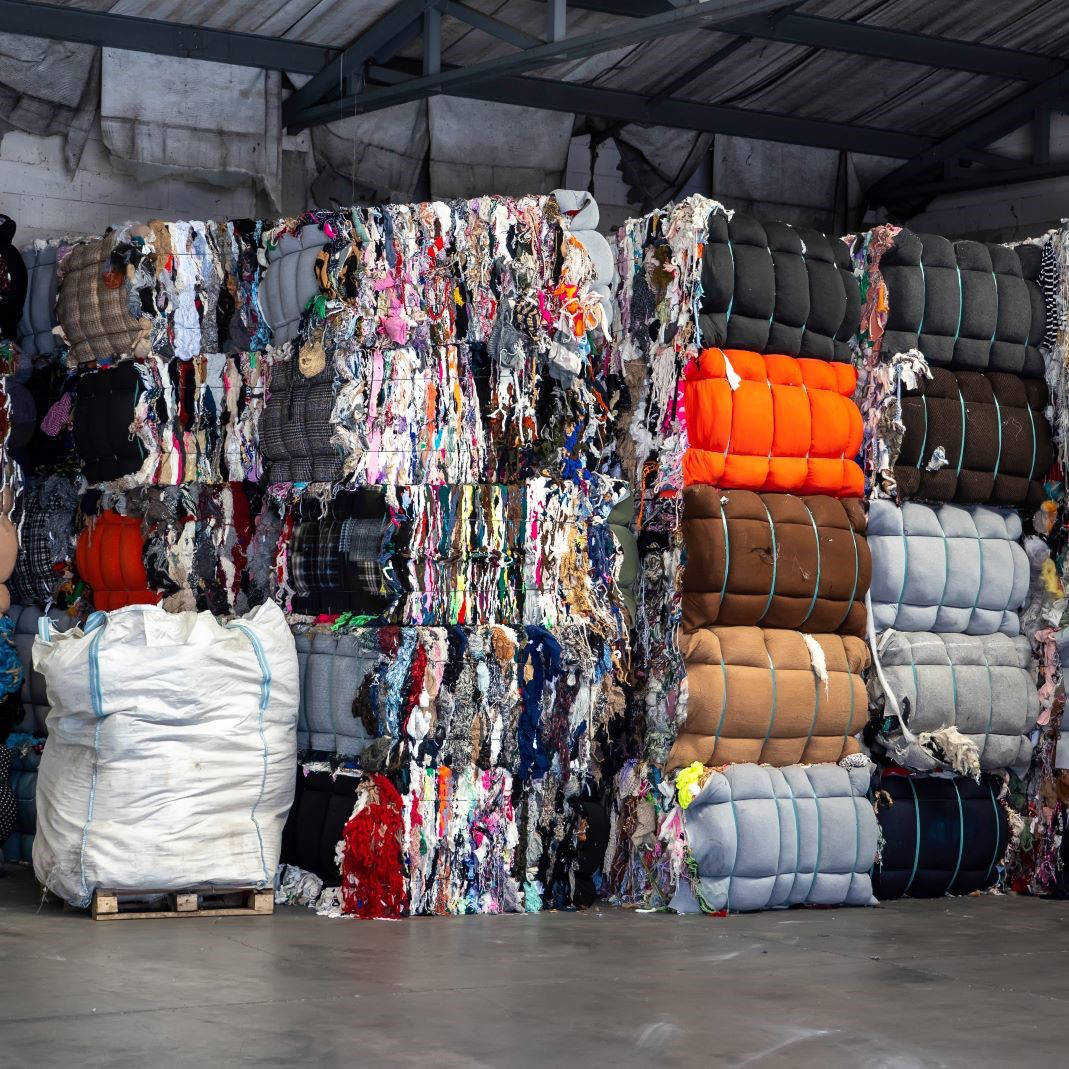Reading time: 3 minutes
Hotels and restaurants obviously use textiles in many areas: bed linen and table linen, towels, bathrobes, bath mats, upholstered furniture, wall coverings and curtains in reception and lounge areas. Hygiene, durability and ease of care play a key role here. At the same time, sustainability and the production conditions of textiles are becoming increasingly important for hotels.
Sustainable hotel textiles: requirements and challenges
Textiles in hotels must fulfil various demands:
- they need to be durable and washable
- they should be easy to maintain while offering a high level of comfort
- they often need to meet flame retardancy standards and aesthetic expectations
These needs must be met without compromising on quality or design. To be considered truly sustainable textiles, three core factors must be taken into account:
- Material origin – fibres from certified organic or recycled sources, or innovations such as pineapple or mushroom leather
- Processing – resource-efficient production with reduced water and energy use, chemical-free finishing and sustainable dyeing
- Circularity – the fabric must be recyclable or biodegradable at the end of its useful life
Material selection for sustainable hotel textiles
The sustainability of a textile product begins with its raw material. In addition to organic fibres, innovative materials and recycled fibres are expanding the range of viable, responsible options.
Organic natural fibres
Cotton, wool and linen are long-established raw materials in the textile industry. However, cotton production is water-intensive: according to WWF and the Water Footprint Network, it takes more than 10,000 litres of water to produce one kilogram of cotton. In contrast, hemp and flax require only a quarter of that amount. Moreover, organic farming eliminates the need for pesticides, improving both sustainability and fibre quality.
Alternative fibres: from pineapple to fungi
Innovative materials such as pineapple leather (e.g. Piñatex) or apple leather are made from waste products from the food industry. Mushroom leather, developed from fungal mycelium and wood industry by-products, is another promising innovation.
Recycled and regenerated fibres
Recycling plays a growing role in the hotel textile sector. Raw fibres can now be recovered using advanced techniques such as enzymatic depolymerisation or solvent-based processing. Materials like recycled PET bottles or Lyocell (e.g. Tencel), derived from wood pulp are also promising for hotel textiles.
Sustainable processing: efficient and responsible
Sustainability does not end with the choice of fibre. The processing stage is equally critical. Eco-conscious textile finishing includes:
- plant-based dyes, such as indigo or turmeric, to replace synthetic alternatives
- low-water dyeing technologies to drastically reduce water consumption
- non-toxic auxiliaries and finishing agents to minimise environmental harm
Certifications and labels as guidance tools
Choosing truly sustainable hotel textiles requires careful evaluation. Reliable certifications support informed decisions. Key standards include:
- GOTS (Global Organic Textile Standard) – ensures a high proportion of organic fibres and sets strict criteria for ecological and social practices along the supply chain
- OEKO-TEX Standard 100 – certifies textiles tested for harmful substances and deemed safe for human health
- Grüner Knopf (Green Button) – a German government-backed label assessing not just the product, but also the manufacturer’s commitment to social and ecological responsibility
Conclusion: sustainable textiles are suitable across all hotel areas
Sustainable hotel textiles can now be used throughout the hospitality environment – from reception to guest rooms to the in-house restaurant. Whether made from organic natural fibres or recycled content, the range of eco-friendly materials continues to grow. Designers, architects and procurement specialists now have access to a broad portfolio of solutions that meet both environmental goals and functional requirements.
FAQ – frequently asked questions
What makes hotel textiles sustainable?
Sustainability results from a combination of responsible raw material sourcing, low-impact processing and reduced use of harmful chemicals.
How do sustainable fabrics affect the guest experience?
In terms of look and feel, there is no compromise. However, the use of natural and ethical materials positively contributes to the brand image and guest satisfaction.
Are sustainable hotel textiles more expensive?
Prices vary depending on the material and processing method. In many cases, sustainable alternatives are now available at cost levels comparable to conventional options.
